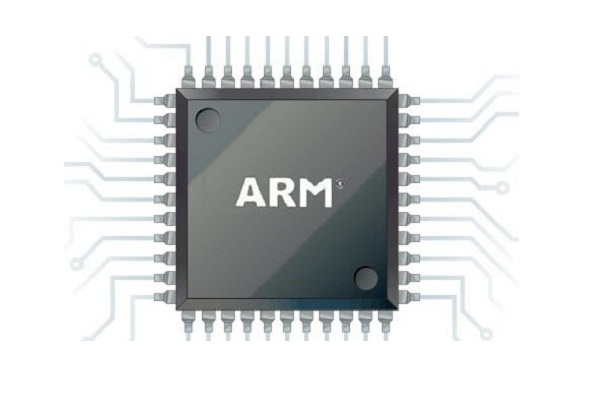British chip designer ARM has revealed two additions to its Mali GPU portfolio, including a 16-core graphics chip that partners will licence and build for low- and high-end mobile devices.
The new ARM GPU designs will bring new levels of performance and power efficiency to the Mali lineup, and will help fuel ARM’s growing GPU business, according to Trina Watt, vice president of solutions marketing at ARM.
GPU Designs
The company announced the new graphics designs – the high-end Mali-T760 and the Mali-T720 system-on-a-chip (SoC) – on 29 October at ARM’s TechCon 2013 event in Santa Clara, California.
 “Mali really has a lot of momentum behind it,” Watt told eWEEK, noting that ARM has 84 licenses spread over 56 partners. “We’re really seeing Mali being used in a lot of different devices. … The real growth is in midrange and entry-level [devices].”
“Mali really has a lot of momentum behind it,” Watt told eWEEK, noting that ARM has 84 licenses spread over 56 partners. “We’re really seeing Mali being used in a lot of different devices. … The real growth is in midrange and entry-level [devices].”
ARM is best known for its Cortex CPU designs, which like the graphics chips are licensed to partners, who put their own technology into the architecture, build the chips and sell them to system makers. ARM’s low-power CPU designs are found in most smartphones and tablets, and the company is now seeing its GPU technologies being adopted in those devices.
In 2012, ARM partners shipped 152 million units in more than 230 devices, and already they have shipped more than 300 units this year. By 2017, shipments could hit 2 billion, she said. ARM-based GPUs can be found in more than 20 percent of smartphones running Google’s Android operating system, more than half of Android-based tablets and more than 70 percent of smart TVs. Watt said she expects those numbers to grow in the coming years, particularly given the trends in the smartphone market.
More consumers are migrating from feature phones to smartphones, more are using multiple phones and much of the growth is coming from less expensive phones. Those trends open up growth opportunities for graphics vendors, Watt said.
“GPUs are becoming fundamental … within smartphones,” she said. “We’ve seen that change over the last two to three years.”
Better graphics technologies mean everything from better screen resolution to such features as video editing, all without compromising the device’s power efficiency.
The Mali-T760 scales up to 16 cores – double the number on current ARM GPU designs – and offers a 400 percent improvement in energy efficiency over ARM’s Mali-T604 GPU. It also offers a 50 percent reduction in memory bandwidth, supports a wide range of 3D graphics and compute APIs, and is more tightly linked to ARM’s Cortex-A15, 53 and A57 CPU designs via the company’s CoreLInk CCI-400 Cache Coherent interconnect.
First To Market
For midrange and entry-level devices, the Mali-T720 will have up to eight cores and offer a 150 percent increase in energy efficiency over older designs; plus, it is 30 percent smaller. It also will enable device makers to bring GPU Compute and OpenGL ES 3.0 features to low-end phones, enabling them to run newer versions of Android. Right now, most low-end devices can only run older versions of the operating system, according to ARM officials. The Mali-T720 graphics technology is designed to work with quad-core implementations of ARM’s Cortex-A7, A12 and A53 CPUs.
The SoC design also enables easier implementation and integration for chip makers, which means a faster time-to-market for their products, according to Andy Loats, graphics product manager at ARM.
“This market is all about getting out there first,” Loats told eWEEK.
The Mali-T760 cores will be available at the end of October, followed by the T720 in November. Watt said she expects to see devices with the new GPU technologies in them by the end of 2014 and into 2015.
What do you know about ARM? Take our quiz!
Originally published on eWeek.





